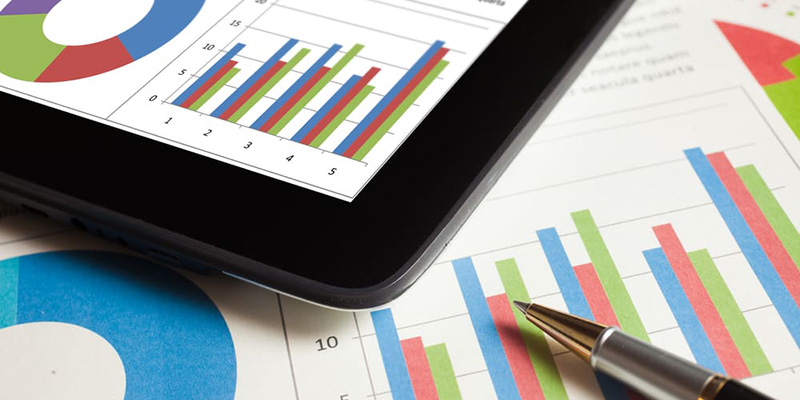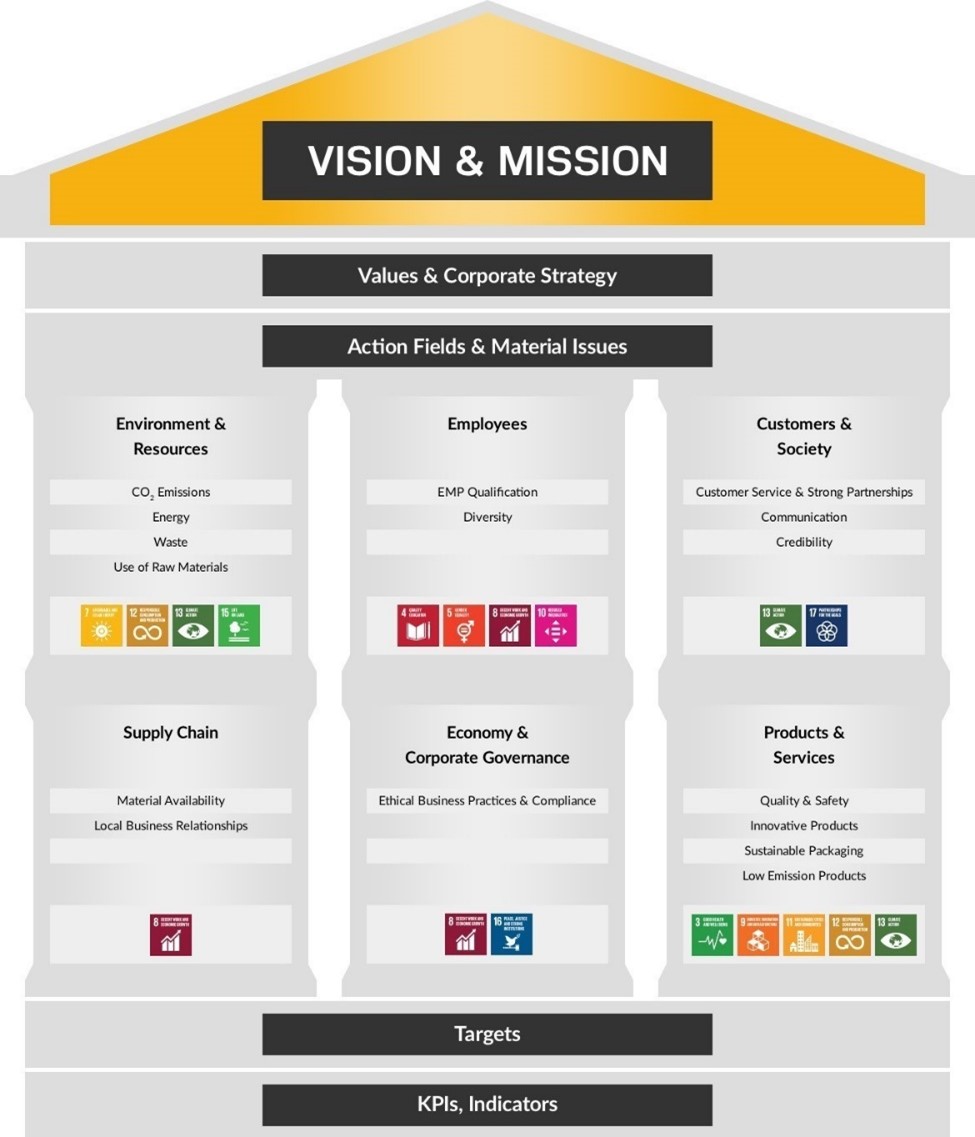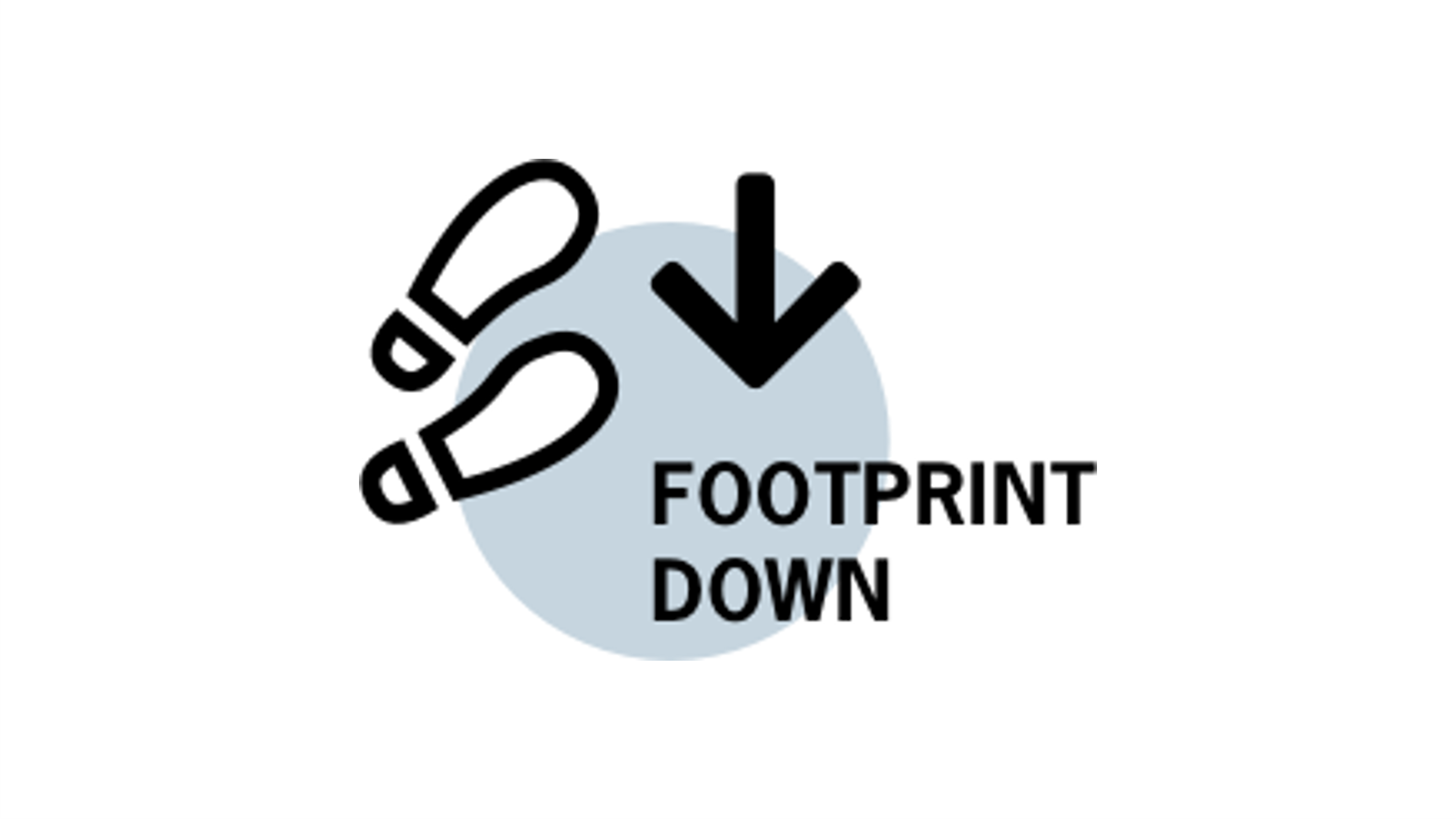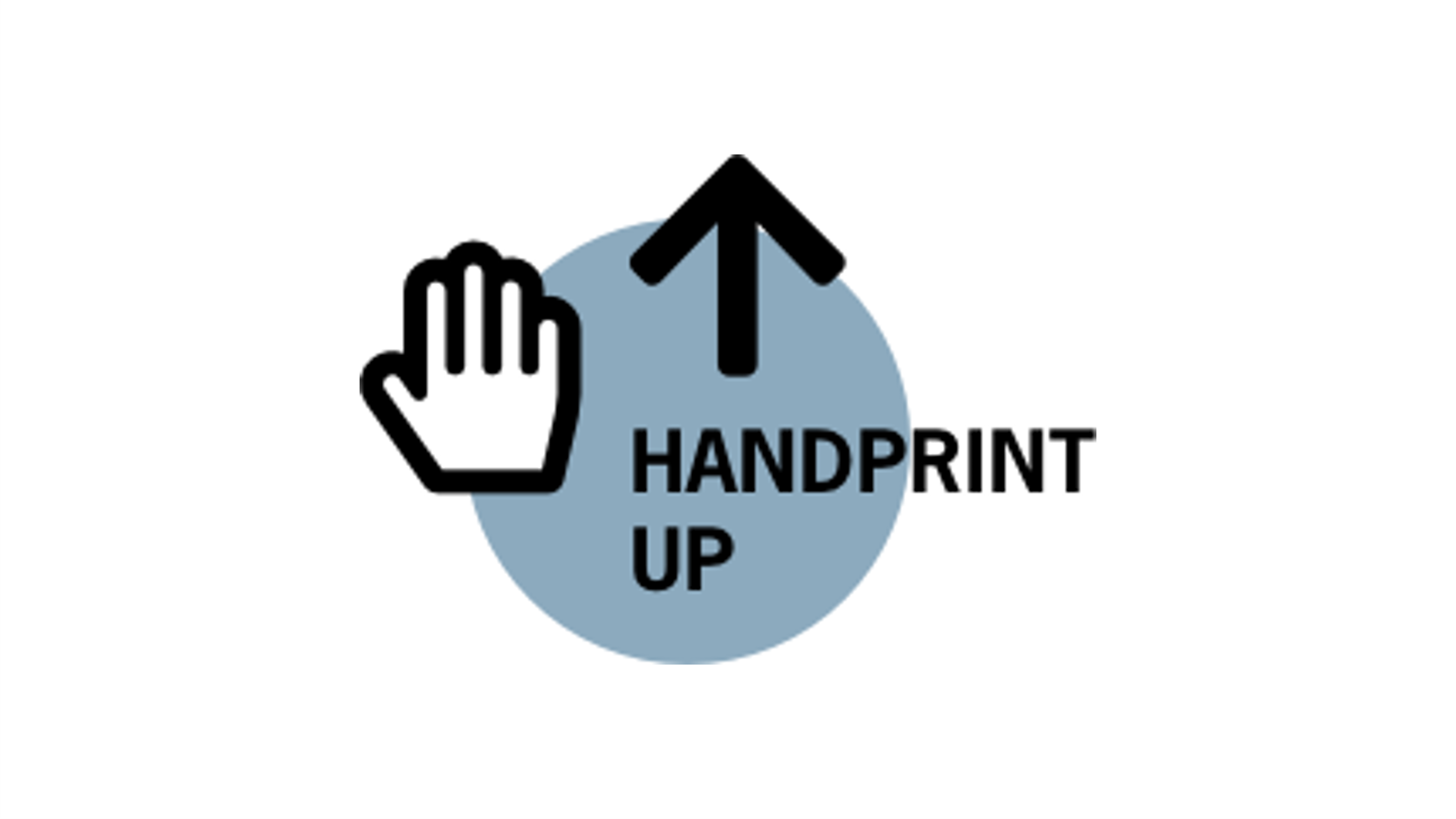Stakeholder Analysis on Sustainability
The analysis represents an environment, company and stakeholder analysis that we at ARDEX have used to examine our strategy in relation to sustainability.
Want to learn more? Contact Us!
The analysis represents an environment, company and stakeholder analysis that we at ARDEX have used to examine our strategy in relation to sustainability.
Want to learn more? Contact Us!At the beginning of 2020, ARDEX conducted a survey to determine which sustainability topics and needs stakeholders consider highly relevant. The results of the scientific survey were incorporated into a materiality analysis.
We use this to regularly review our sustainability strategy and identify key sustainability issues. In addition, the stakeholder analysis shows where and to what extent our actions for sustainable development support the SDGs.
“We want to maintain an open dialog with all our stakeholders on an ongoing basis. This supports our approach to face new requirements at an early stage and to create sustainable solutions.”

The survey was conducted as an online survey. The data was analyzed by the Institut für Marketingberatung GmbH Dortmund. Participants were stakeholders of ARDEX, including employees, ARDEX top management, customers as installers as well as architects, dealers, suppliers and service providers.
The survey initially focused on personal importance and familiarity with sustainability, familiarity with individual fields of action and their relevance. ARDEX was then evaluated in the context of sustainability in relation to the above-mentioned six fields of action with a total of 33 possible sustainability topics. This results in an overall matrix that compresses the essential topics.
For individual aspects of the identified fields of action, the external expectations of the stakeholders for ARDEX (outside-in perspective) were to be surveyed. These were then supplemented by the effects predicted by the sustainability team and the ARDEX top management that emanate from the company (inside-out perspective). The GRI indicators (Global Reporting Initiative) were taken into account in this context.
The following were identified as significant issues:
In addition, the following topics are equally relevant for us as a company:
Emissions, Energy Management, Waste Management, Use of resources, Employee qualification, Diversity, Customer Service & strong partnerships, Local business relationships, Ethical Business Practices & Compliance, Sustainable Packaging, Low-emission products, Innovative products

The Footprint is the so-called ecological CO2 footprint. Our ambition is to reduce our ARDEX footprint to a minimum by continuing to work on reducing our waste generation, as well as optimizing our internal processes to minimize our CO2 emissions and energy consumption as much as possible.

With the improvement of our ARDEX handprint, we offer our customers a sustainable added value. We understand this to mean actively participating in climate protection and increasing the customer's sustainability performance with innovative technologies and sustainable product solutions. This starts with the selection of raw materials that conserve resources and extends to more environmentally friendly packaging and the expansion of our consulting services in the area of sustainable construction and healthy living.